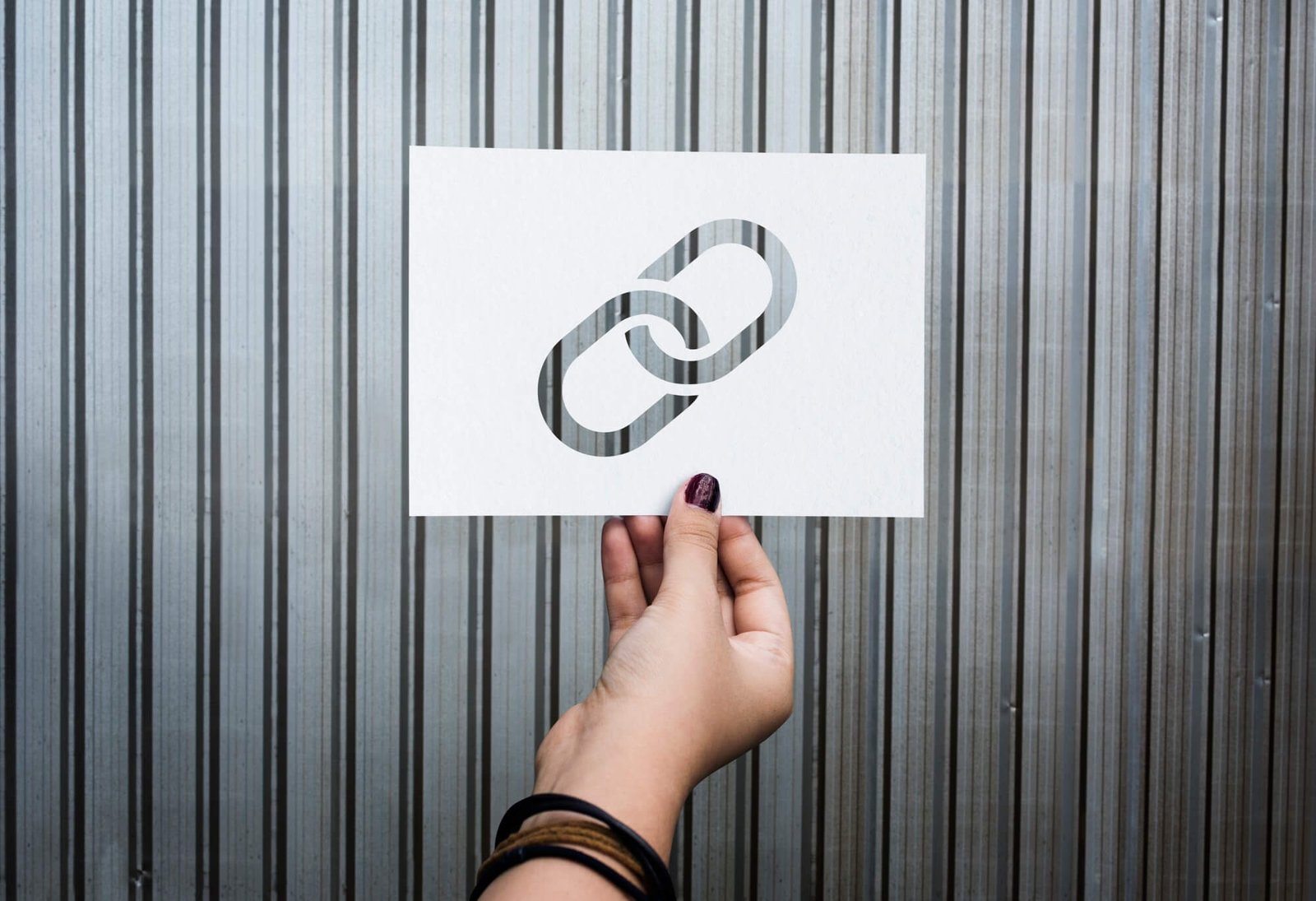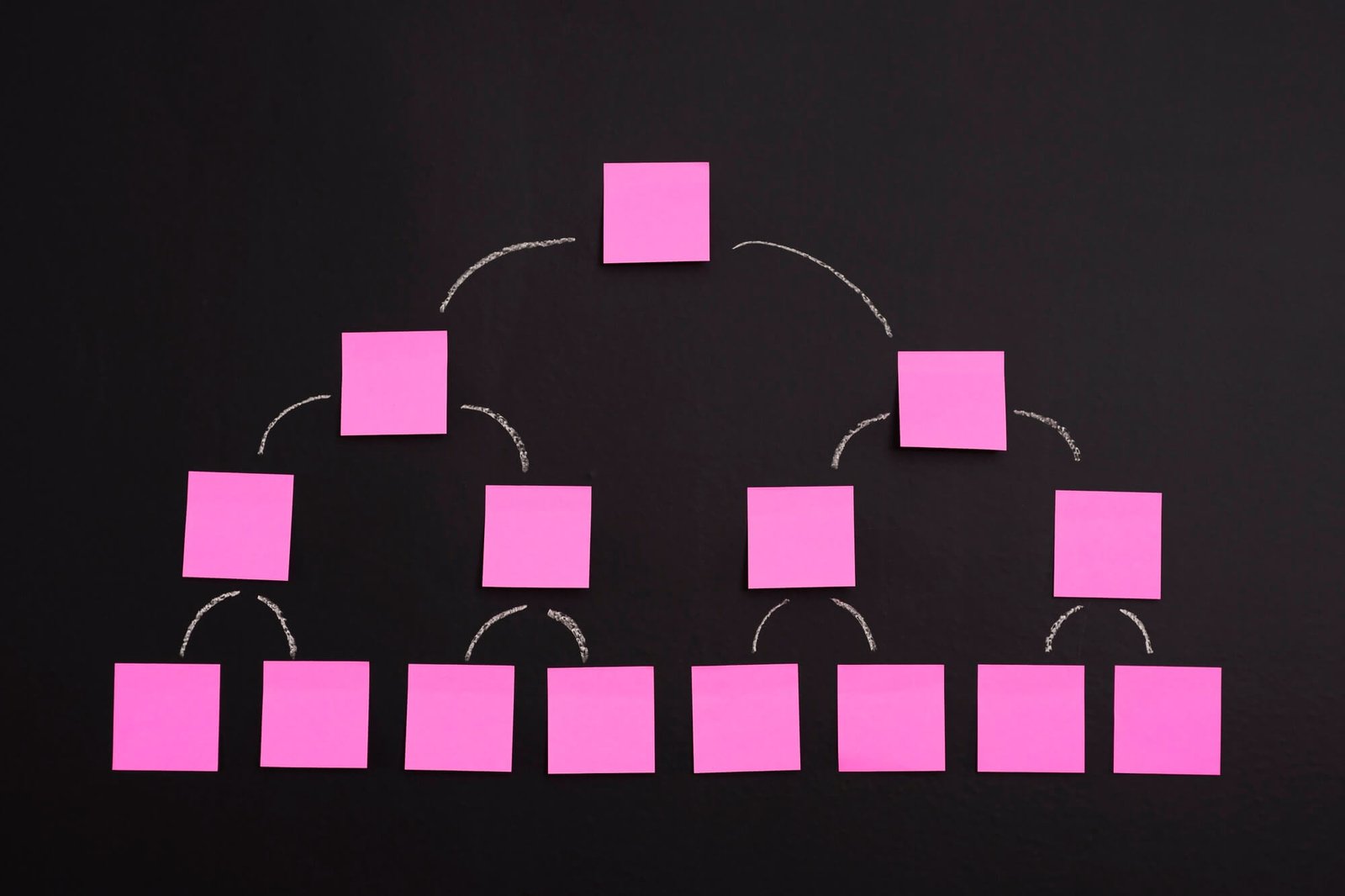
A sitewide link is any link that goes to another site and shows up on most or all of the pages of a website. Think about partner badges, social icons, footer credits, global nav items, or sidebar widgets.
Because it appears on every template, one placement can turn into hundreds of links. That many people still ask if a single sitewide placement acts like a ranking rocket or a red flag.
What Google has really said
Google says that link spam is when links are made mostly to change rankings. “widely distributed links in the footers or templates of various sites” is one of the examples of link spam that its spam policies say.
That language is aimed at scaled, templated placements that are there to pass PageRank instead of helping users.
Google also tells publishers to check the quality of some outbound links. Use rel="sponsored" for paid, sponsored, or compensated placements. Use rel="ugc" for links made by users.
If neither of these things applies and you don’t want to vouch for a page, rel="nofollow" is fine. These traits are seen as hints, but the rules are clear about how to mark ads and sponsorships.
Google has downplayed the importance of links in the bigger picture. Gary Illyes said at Pubcon Pro in Austin that links are not one of the top three ranking factors and haven’t been for a while.
He said that a lot of people think they are more important than they really are. That doesn’t mean that links aren’t important; it’s just a good way to figure out how to get more of them.
Are Sitewide links a Factor at all?
Yes, in the sense that a link is still a link. A sitewide placement can help people find things and show that they support them when it is editorial, relevant, and what users expect.
It’s normal to have a global navigation link to a sister brand, a corporate parent, or an official resource. Google’s systems are good at finding these patterns and ignoring the ones that are meant to trick people.
Google’s webspam team has also said in the past that sitewide links can happen naturally and aren’t always a problem, but that keyword-stuffed or fake versions are.
A sitewide link is not a shortcut, scaled template links were treated with caution even before Google downplayed link weight compared to other signals.
Google will ignore or treat as spam any tactic that exists mostly to make money without any editorial intent.
As you refine your link profile, it also helps to ensure Google can interpret your pages correctly. Implementing rich structured data can enhance how your site appears in AI Overviews and SERP features
When links are normal throughout the site
Most brands have real links that go to all of their pages. Some common examples are:
It’s normal to see privacy, terms, parent company, or network brands in the footer. They help people and make it clear who owns what.
Official documents, marketplace listings, and help centres often live on different domains and are in global nav.
If it shows a real relationship and uses clear, branded anchor text, a “Official charity partner” badge that links to the partner’s site can be okay.
These patterns have to do with navigation and where they came from. They weren’t made to pass on equity with a lot of anchors.
In all cases, choose anchors that are branded or descriptive over anchors that are money-keyword.
When a Sitewide link becomes a Risk
It is more dangerous when the goal changes from helping users to changing rankings. Design or theme credits that have followed links to unrelated commercial sites, widget or plugin links that are added to many domains, and reciprocal or paid placements that aren’t qualified are all common red flags.
Google’s spam policies mention “widely distributed” template and footer links for a reason.
You are in the danger zone if a link appears on many pages because a template makes it happen and the goal is ranking, not navigation.
If the link is sponsored or paid for, use rel="sponsored" to mark it. Use rel="nofollow" if you’re not sure you can vouch for it.
Google added sponsored and ugc to make things clearer, and it still wants ads to be properly qualified to avoid a link-scheme action.
Useful for SEOs and site owners
Begin with Google Search Console. Look at the Links report to find out which sites link to you the most and how many links each one has.
One pattern to look at is a domain that sends thousands of identical footer links with anchors that match exactly.
When doing tool-based audits, pay less attention to “toxicity scores” and more attention to intent, anchor text distribution, topical relevance, and whether the placement is helpful to users.
When cleaning up, don’t say no right away, John Mueller has said many times that “toxic links” is a made-up idea that tools came up with.
He said that unless you paid for links or did something manually, you don’t need to disavow a lot of them. In a short post on Reddit, he said, “SEO tools make up the idea of ‘toxic links’ so that you pay them regularly.”
If you bought sitewide links in the past or run a theme or widget that adds followed links, you need to fix the problem.
Take out the links or add the right rel attributes, and write down what you did. Disavow can be part of the process of fixing a manual action, but it is not something you do every day.
Implementation checklist you can ship today
Choosing an anchor, don’t use money terms in footers or templates. Instead, use brand, domain, or descriptive labels.
Put rel=”sponsored” on any sitewide placement that you pay for or get paid for. For areas that users make, use rel=”ugc.” If you don’t want to show support, use rel=”nofollow.”
Only link to sites that a user would reasonably expect, like a parent brand or official partner.
Choose clear paths for navigation, avoid links that are small or hidden and look like they are trying to hide what they mean.
Keep track of the reasons for and qualifications of a sitewide link. It helps with reviews and audits.
The verdict
Are links that go to all pages on a site a ranking factor? A link that goes to the whole site is still a link, so it can be a small signal if it is editorial and user-centered.
There is no special boost, and people are careful with or ignore scaled template links.
The danger comes from manipulative patterns, especially paid or anchor-stuffed placements that are meant to spread equity across many pages.
There are two things that are the same in Google’s own documents and public statements.
Make sure you qualify your sponsored links correctly, and don’t expect volume-for-volume template links to do all the work for you.
Links are still important, but they aren’t as powerful as they used to be. Pay attention to navigation, clarity, and real citations. That is the safe and long-lasting way.

